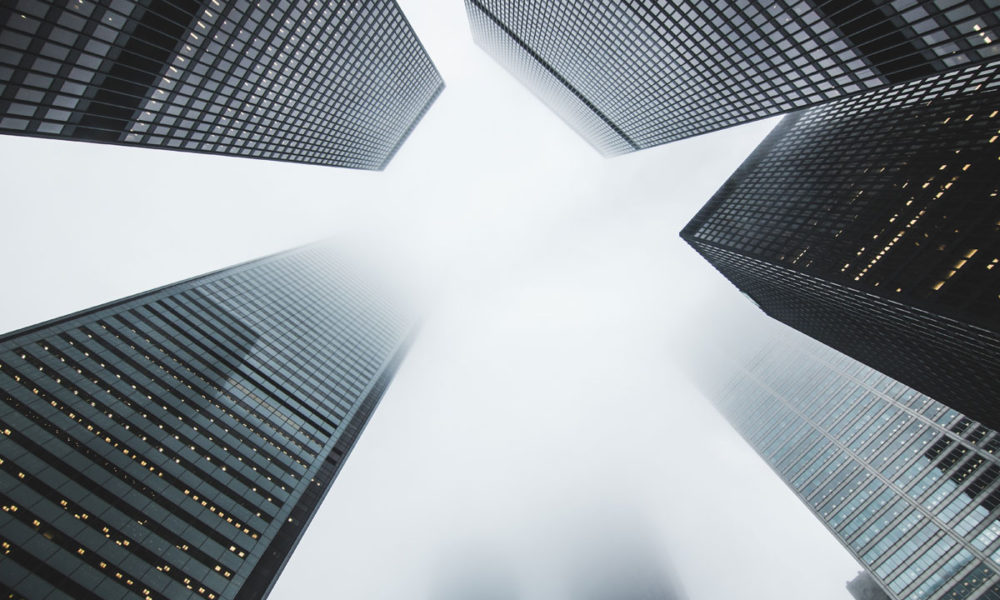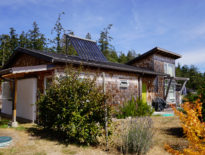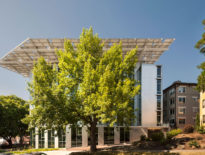As a New Yorker, I have spent the majority of my life following the city’s pulse, and growing in the shadow of its skyscrapers and trees. I know the energy and physical spaces of New York City intimately and I’m familiar with its exhilarating and test-to-the-soul challenges. Despite the lack of nature and competitive environment, I am not the only environmentalist in New York City.
As a building practitioner, I know that New York City poses a myriad of unique challenges to any designer, builder, and owner. Tight spaces, centuries-old infrastructure, and high costs are but a few, so it’s no surprise that the industry hasn’t jumped at the idea of The Living Building Challenge (LBC). However, it’s not yet known that our daily experiences make New Yorkers ideal participants in the Living Building Challenge naturally because of our independence, resourcefulness, and resilience.
Several players are hitting the pavement with this New York state of mind at “The Living Product Challenge and Living Building Challenge: a Panel in New York City.” The New York City LBC Collaborative and my organization, the Natural Resources Defense Council (NRDC), hosted the event attended by roughly 60 people.
Numerous organizations see the LBC as an inspiration for challenging the status quo by turning typical commercial offices into beautiful, regenerative places rather than a roadblock.
Here is a recap of the speakers’ messages at the event:
New York Living Building Challenge Collaborative
Jennifer Preston of BKSK Architects framed New York City as a dynamic laboratory for sustainability strategies. The city offers unique opportunities and incredible scalability to test regenerative solutions, due to its world status and similarities to where the majority of the world’s population lives.
International Living Future Institute (ILFI)
James Connelly set the tone with a comprehensive introduction to the Living Building Challenge materials philosophy, and the story behind the emergence of the Living Product Challenge. He connected the dots between products and climate change in a way that resonated with the audience and framed the importance of tackling the manufacturing world as imperative goals for environmentalists. Not one person left the room with any doubt that fighting for healthy materials is a pivotal part of addressing climate change.
Natural Resources Defense Council (NRDC)
NRDC has a strong history of sustainable construction initiatives backed by our mission to safeguard the planet and its people. As the manager of four LBC tenant improvement renovations for NRDC, I discussed our evolution of further aligning our actions with our mission through the incorporation of the LBC Materials Petal. With offices located in dense urban areas, we are in pursuit of proving that the Living Building Challenge is not limited to buildings with ample space. We found that the Materials Petal is very realizable and has incredible reach that ripples outward through the supply chain. Not only are we going to continue following the LBC as a guidepost for all procurement decisions but we are also seizing the opportunity to improve the lives of NRDC staff and people everywhere.
Etsy
Hilary Young, who works on Sustainability + Social Innovation for Etsy, talked about their new headquarters in Brooklyn designed to the LBC Materials Petal Certification standard. If I had to describe Etsy’s sustainability approach in two words they would be ‘community’ and ‘resourcefulness,’ traits crucial for tackling climate change. They used the pre-existing features of their new building and materials from their previous office – a truly urban solution – to offset the need to mine virgin materials. Etsy took on the Materials Petal on the largest scale of any New York project. It applies to their 200,000 plus square foot space and extends to many of their ‘makers,’ who were trained to build furniture and other features to meet the LBC requirements. Like many New Yorkers, Etsy understands that ‘community’ is a solution to many complex sustainability challenges.
Delos
Delos, a consultancy aimed at helping clients achieve the Well Being standard, demonstrated that they are truly passionate about nurturing building occupants and the environmental impact of their actions. They are taking on the monumental task of targeting WELL, LEED v4 and the Living Building Challenge Materials Petal Certification for their new headquarters in the meatpacking district of Manhattan. Janna Wandzilak, Senior Sustainability Consultant at Delos, explained that they are taking on the trifecta of building certifications to make their own space exemplary, and to explore the synergies among the certifications to better advise their clients.
In true New York fashion, this work is ground breaking. I’m proud of these Empire State visionaries. We are building a compelling case for transforming our urban built environments into living, regenerative spaces so that as society migrates into cities, we can cohabitate with nature.



